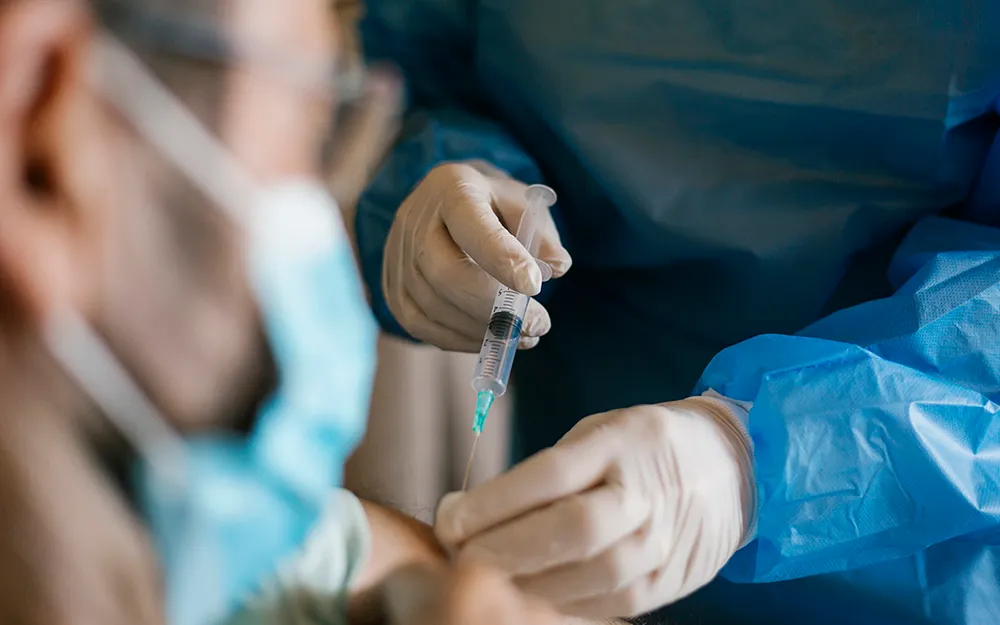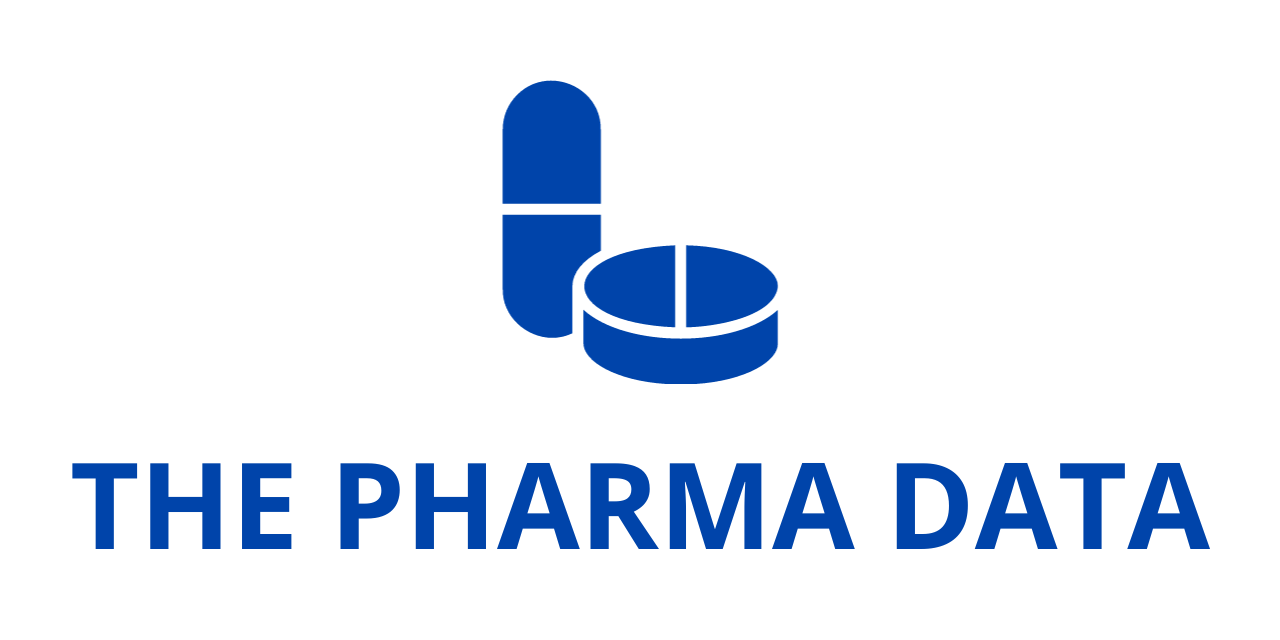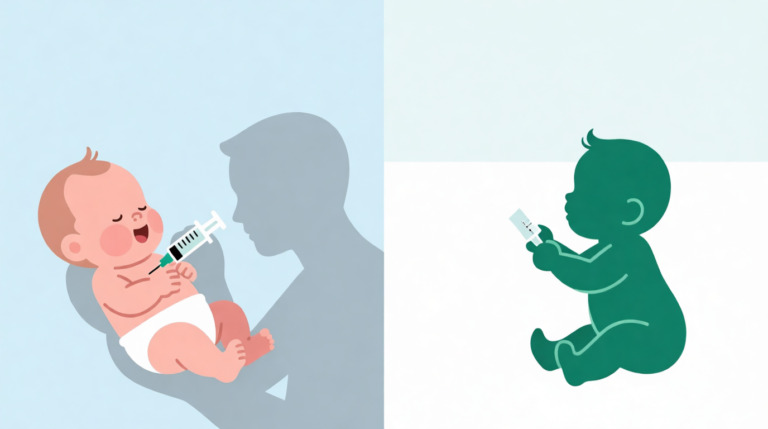
A Life-Course Approach to Immunization: Prioritizing Vaccination at Every Age to Unlock the Full Potential of Lifelong Health
In a striking demographic milestone, the global population is undergoing a historic transformation: for the first time ever, the number of adults over the age of 65 now exceeds that of children under the age of five. By 2030, nearly one billion people will fall into the 65-and-older age group, marking a seismic shift in age distribution across the world. This demographic trend presents both a challenge and an opportunity for public health systems globally.
While immunization has long been heralded as one of the most effective public health interventions—saving millions of young lives annually through childhood vaccination programs—there remains a glaring gap in adult immunization efforts, particularly in low- and middle-income countries (LMICs). Despite the fact that vaccine-preventable diseases pose significant risks across the lifespan, adult immunization remains underutilized and inconsistently prioritized.
A recent study by the World Health Organization (WHO), published in the journal Vaccines, sheds light on the critical role that adult vaccination can play in achieving healthy aging, reducing long-term healthcare costs, and combating the growing threat of antimicrobial resistance. The report underscores a pressing need to broaden immunization programs beyond childhood and adolescence and to fully embrace a life-course approach that includes adults and older populations.
A Neglected Opportunity in Global Health
Although the WHO recommends a suite of vaccines for adults—including those against influenza, COVID-19, pneumococcal disease, tetanus, and respiratory syncytial virus (RSV)—implementation remains uneven across countries. In many LMICs, adult immunization is not systematically integrated into national immunization schedules. This omission leaves millions of older adults, high-risk individuals, and vulnerable groups without access to vaccines that could prevent severe illness, hospitalization, and death.
“As outbreaks of vaccine-preventable diseases increase, it’s more critical than ever that people receive every recommended dose—through every stage of life—to stay protected,” said Dr. Alba Vilajeliu, lead author of the WHO study and a technical officer in the Department of Immunization, Vaccines and Biologicals. “This isn’t just about saving lives; it’s also about increasing the quality of life for adults, their productivity within communities, and alleviating the burden on already overstretched health systems.”
Vaccines not only protect individuals but also have broader societal benefits, including reduced absenteeism, lower healthcare utilization, and improved economic productivity. As populations age, ensuring the health and functional capacity of older adults will be essential to maintaining economic and social stability—particularly in countries where the aging population is growing faster than infrastructure and workforce support systems can keep up.
A Global Strategy for Lifelong Immunization
Under the umbrella of Immunization Agenda 2030, WHO and its partners have articulated a bold vision: to ensure that “everyone, everywhere, at every age” benefits from vaccines. This strategic framework encourages countries to expand immunization coverage across the life course—not just during early childhood or for reproductive-age women, but for all individuals, including the elderly and those with chronic conditions.
The life-course approach to vaccination includes strengthening health worker training, improving cold chain infrastructure, ensuring equitable vaccine access, and increasing public confidence in vaccines. Adult immunization programs also serve as platforms for pandemic preparedness and response, providing critical pathways for rapid vaccine deployment in times of health emergencies.
COVID-19: A Proof of Concept for Adult Immunization Scale-Up
The COVID-19 pandemic, devastating as it was, also served as a real-world demonstration of what can be achieved when the global community unites around adult immunization. In response to the pandemic, countries rapidly expanded vaccination infrastructures that had previously been focused almost exclusively on children. By the end of 2023, more than 13.6 billion COVID-19 vaccine doses had been administered worldwide, with an impressive 89% coverage among health workers and 84% among older adults.
However, these gains have not yet translated into sustained investments or broad policy reforms for other adult vaccines. For instance, seasonal influenza causes an estimated 3 to 5 million severe cases and as many as 650,000 deaths each year. Yet only 4% of low-income countries offer influenza vaccination to pregnant women, and a mere 8% provide it to older adults. In stark contrast, high-income countries include these vaccines in 87% and 89% of their immunization schedules for these groups, respectively.
The disparity highlights a critical opportunity for international cooperation and funding mechanisms to bridge the access gap. Global health actors must seize this momentum and use the infrastructures built during COVID-19 as launchpads for broader adult immunization strategies.
Building on Historical Success and Expanding Scope
The history of maternal tetanus vaccination offers an important precedent for successful adult immunization in resource-limited settings. Since the introduction of tetanus-containing vaccines for pregnant women over 50 years ago, 73% of low-income countries and 80% of lower-middle-income countries now include these in their national programs. These efforts have dramatically reduced cases of maternal and neonatal tetanus, saving countless lives.
Today, similar approaches are being used to roll out new vaccines, such as maternal RSV immunization to protect infants, and future candidates for preventing Group B streptococcus and malaria during pregnancy. These developments underscore how adult immunization—especially during pregnancy—can have a dual protective effect: safeguarding the health of both mothers and their newborns.
Furthermore, economic analyses from the Office of Health Economics (OHE) bolster the case for scaling up adult vaccines. An OHE report found that introducing adult vaccination programs for seasonal influenza, RSV, herpes zoster, and pneumococcal disease in just 10 high- and upper middle-income countries generated returns as high as 19 times the initial investment. In monetary terms, this could equate to as much as USD $4,637 per individual full vaccination course. The potential returns in LMICs could be even greater, given the higher disease burden and lower baseline coverage.
Innovation and Technology: Driving the Next Wave
The future of adult immunization is also being shaped by cutting-edge scientific innovations. New vaccines are in the pipeline for diseases that disproportionately affect adults, including tuberculosis and respiratory virus combinations. Technologies such as mRNA platforms—catapulted into prominence during the COVID-19 pandemic—are now enabling faster development and testing of vaccine candidates, without compromising safety or efficacy.
To integrate these advances, countries will need to reinforce primary health care systems, strengthen supply chains, and create robust demand-generation strategies. Health worker training and tailored communication efforts will be vital in building vaccine literacy and trust among adult populations. Community engagement—through civil society, religious leaders, and professional networks—will be crucial in adapting messages to local cultural and social norms.
Prioritizing People Over Pathogens
Dr. Kate O’Brien, Director of the Department of Immunization, Vaccines and Biologicals at WHO, summarized the urgency and vision for a life-course approach to immunization: “As vaccination expands across the life course, now is the moment for countries to lay a strong foundation. When we prioritize disease prevention to support lifelong health, we create continuous opportunities for health and well-being—and shift from a disease-centered model to one that truly puts people first. Adult immunization is central to that shift.”
The time has come to stop viewing immunization as a childhood intervention and start recognizing it as a lifelong investment in individual and public health. As the global population ages, the full promise of immunization will only be realized when every person, at every stage of life, is given the opportunity to be protected.





